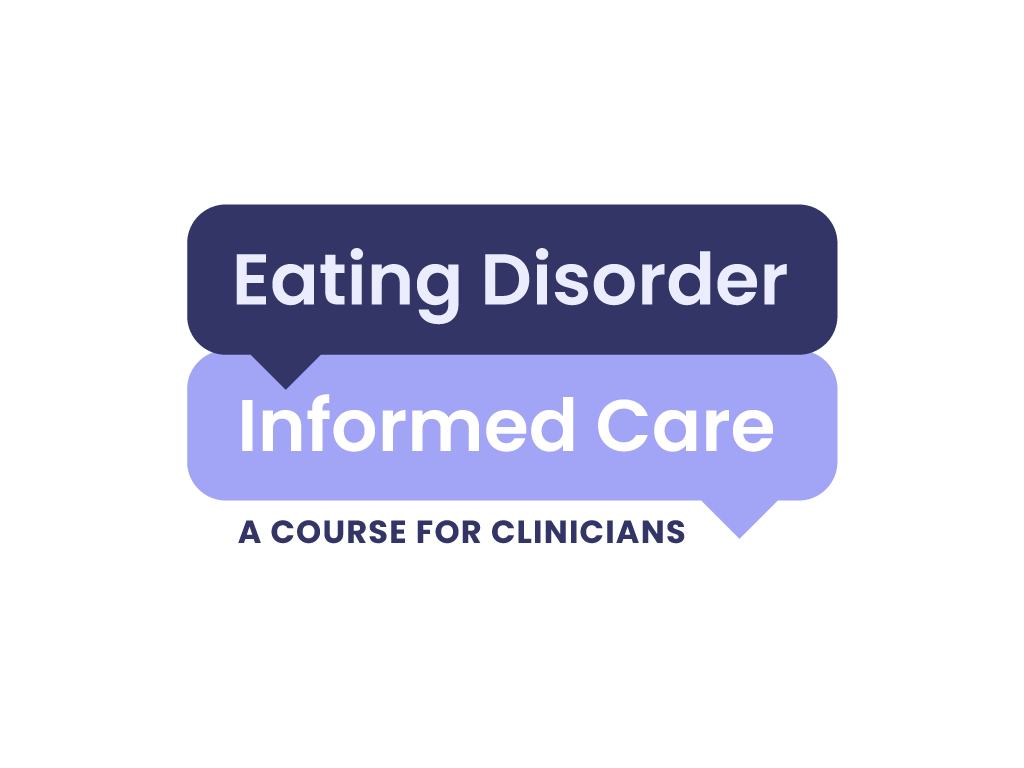Navigating Eating Disorder Recovery
for Practitioners
Eating disorders are complex mental illnesses. Treating a patient with an eating disorder may seem daunting without training specific to the area. The following steps should be taken when assessing a patient who may have an eating disorder:
Recognize the Signs.
It is possible to have an eating disorder at any weight or size. Alberta Health Services has created “A Physician’s Guide to Eating Disorders” that can be helpful in identifying the signs of an eating disorder, beyond BMI.
Consider Potential Diagnoses.
Use the criteria outlined in the Diagnostic and Statistical Manual of Mental Disorders Fifth-Edition (DSM-5) to diagnose the patient, if appropriate.
Learn about best-treatment practises.
Effective treatment is a vital step following an accurate diagnosis. Review this document and discuss treatment options with the patient, according to their presenting symptoms.
4. Involve the patient.
Receiving treatment can seem terrifying to those with eating disorders. Patients may be reluctant to disclose their behaviours due to shame and stigma. Be sure to create a safe environment through empathy and non-judgemental language. Explain the importance of early intervention, the severe medical implications associated with their illness and, above all, emphasize that recovery is possible.
5. Refer if Necessary
It is important to recognize when an issue is out of your scope of practice. If this situation arises, be sure to refer your patient to an eating disorder specialist.
Transform How You Support
Clients with Eating Disorders
Eating Disorder Informed Care is a community-driven initiative grounded in the expertise of experienced clinicians and the voices of those with lived experience.
This professional development program provides essential, foundational knowledge to help you deliver evidence-based, inclusive, and compassionate care to individuals affected by EDs
Video Resource Library
Our video resource library is a valuable resource for health professionals and practitioners. You can explore the library here. The following video is a conversation between Paediatrician Dr. April Elliott and Psychiatrist Dr. Monique Jericho about Eating Disorder Treatment: Communication Approaches for Physicians.
Clinician Blog
Eating disorders are among the most complex mental health challenges that clinicians will encounter, so we’re compiling our insights and advice to support clinicians in guiding people through eating disorders to lasting recovery.












